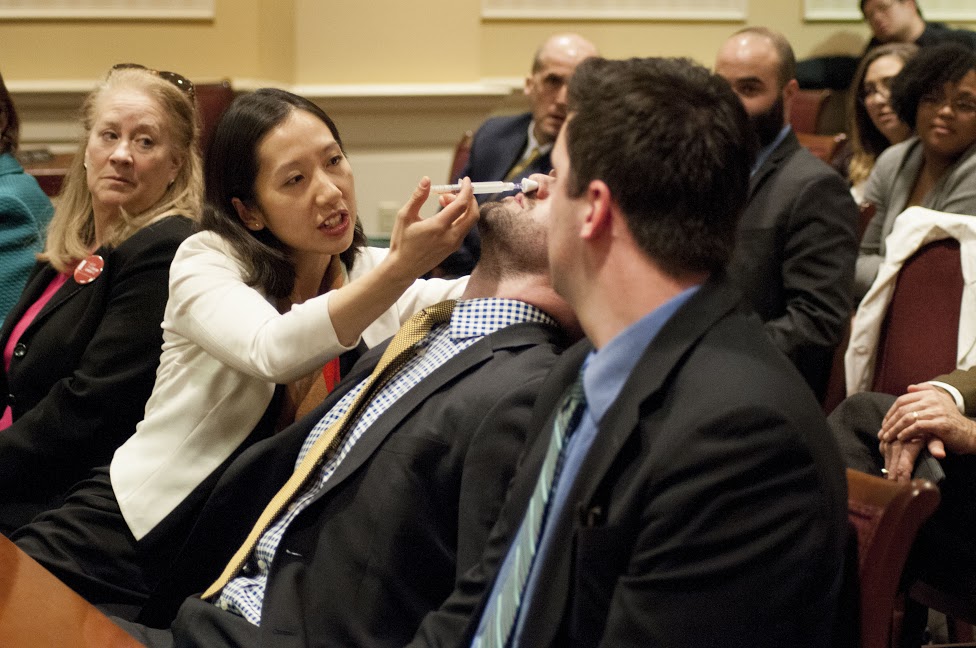By Nick DiMarco
Nick@MarylandReporter.com
Child care providers are split over a new Maryland law that gives them the option to join a union if they subscribe to the state Child Care Subsidy Program.
Some caregivers are thrilled to finally “have a voice” when it comes to wages they receive from the state, while others are threatening to cut ties with the program that reimburses care for needy children.
Gov. Martin O’Malley signed a bill last week that put into law his 2007 executive order granting the Service Employee International Union (SEIU) collective bargaining rights for the workers.
The new law was intended to end the 6-year battle between unions, caregivers and legislators, but now “purchase of care” children have been brought into the crossfire.
“The POC children are the children that need the good day cares the most,” said Bonnie Drayer, president of the Calvert County Day Care Association. “They’re the ones who are usually left behind and stuck places where they don’t need to be and so to get them into a really good child care facility, that’s good. But if I have to pay out to a union, I’m not taking them anymore.”
Drayer believes that SEIU Local 500 — the sole collective bargaining agency for child care providers who work for the subsidy program — will push to have membership in the union mandatory for the providers.
“They’re not going to stop. Come on, they haven’t stopped yet. As many times as we beat them, they still don’t stop. It’s because they have that mighty dollar that we don’t have,” said Drayer. She said there is a national trend for unions “all of sudden” forcing child care providers in similar situations to join.
At the other end of the spectrum is Crystal Barksdale, a child care provider from Baltimore County, who worked with SEIU Local 500 to lobby for the law.
Like Drayer, she too owns and operates her own daycare service, but Barksdale believes her colleagues “deserve” the opportunity.
“What it means for us is that providers will actually have a say in the regulations, in the rules,” she said of working under the subsidy program.
Barksdale said Drayer’s threat, echoed by caregivers from other counties, was misplaced.
“To me personally if it’s that important to you that you don’t want a union that you will stop taking care of children that are on a subsidy program, that says a lot about that person,” Barksdale said. “Those children aren’t the issue. If you have an issue with the union, then have the issue with the union. Not with the children.”
Anna Oman, spokeswoman for SEIU Local 500 said some people are just “ideologically opposed to union,” calling the Calvert County group a “very vocal minority.”
Amendments were added to the bill during the legislative session stipulating that non-union members would not be assessed a service fee unless they receive a net benefit from negotiations. Oman called providers in this category “agency fee payers,” rather than members.
“No one is required to be a member of the child care union … They may in the future be required to pay their fair share of the administrative costs of negotiation and enforcing a contract that they benefit from,” Oman said.
The union negotiated a 3 percent rate increase for child care providers who take in POC children. Oman said the union also offers a solution to the persistent problem of late payments from the state. Union representatives can handle those negotiations with the state for union members, she said.







Recent Comments